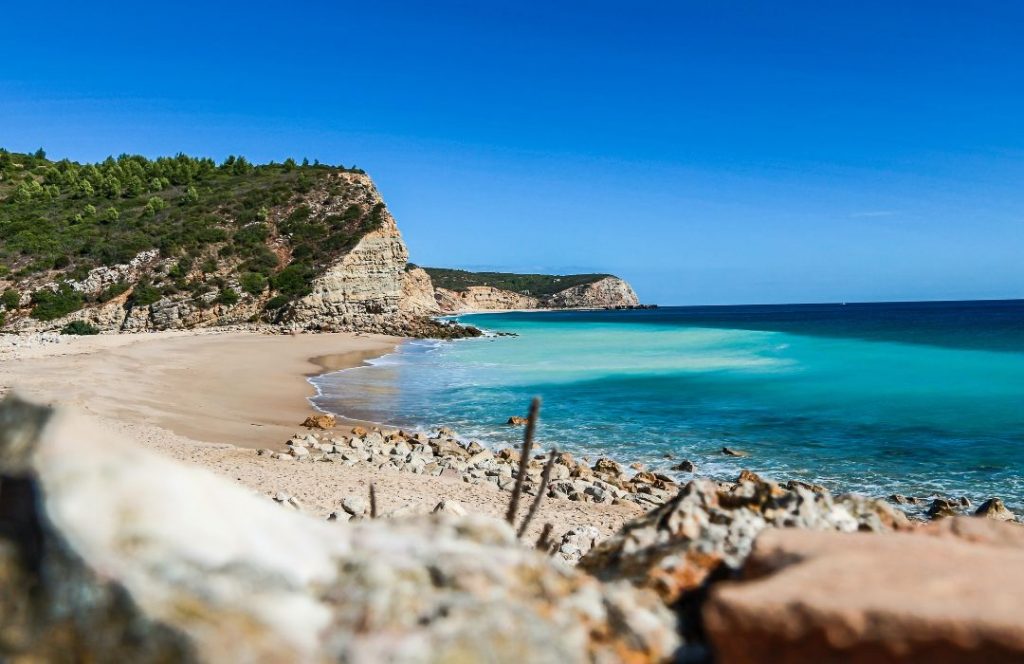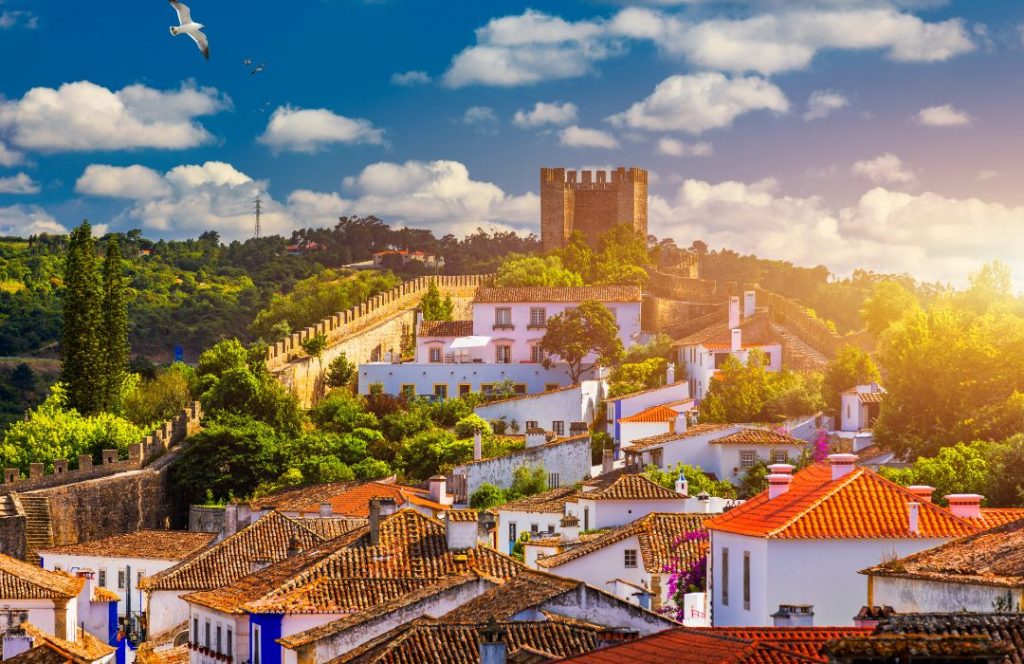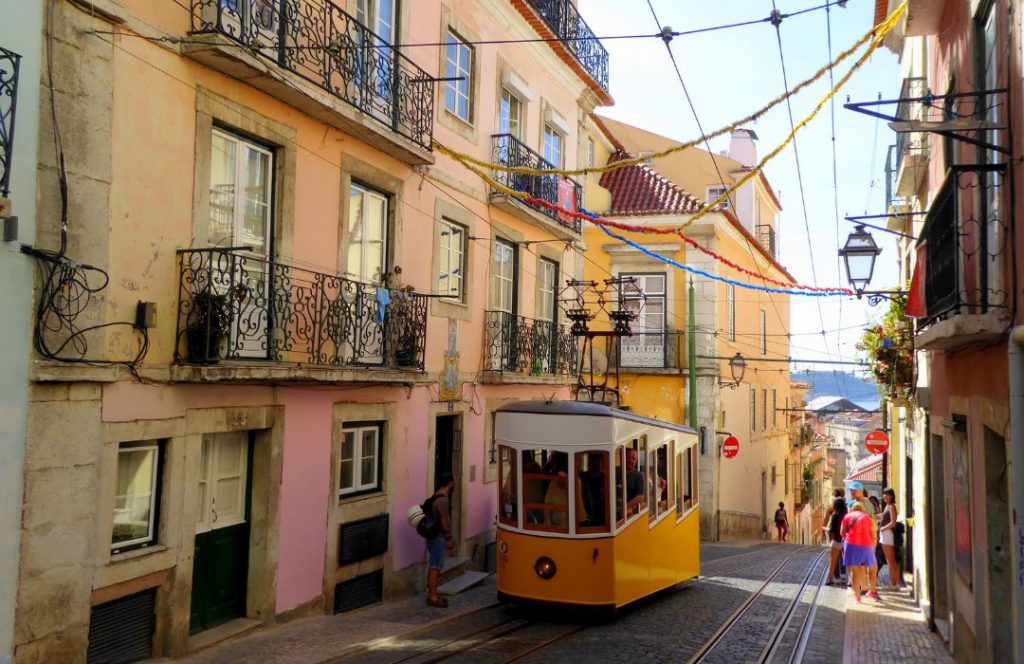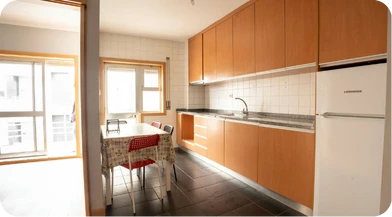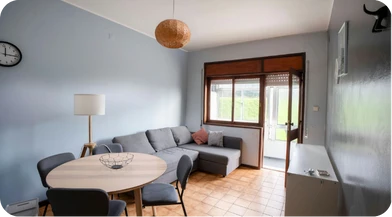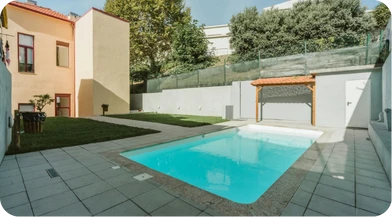Lisbon and Porto get all the love, but there’s much more to Portugal than its charming historic cities. Golden beaches, mountainous parks, and lush river valleys are just some of the highlights of this small Iberian nation.
Each region has its own diverse attractions, and the best place to visit largely depends on your interests. If you’re looking for sun-kissed beaches and maritime adventures, head to Algarve; for towns filled with historic architecture and a rich, traditional food scene, make your way to Évora. Here’s an overview of the top places to visit in Portugal.
Lisbon
Best for Nightlife
Lisbon’s iconic seven hills overlook a postcard-perfect panorama of cobblestone alleys, white-domed cathedrals, and grand civic squares—a captivating scene shaped over centuries. Portugal’s capital is packed with galleries to explore (including the Museu Nacional do Azulejo with its stunning collection of ceramic tiles) and castles to discover (such as the hilltop Castelo de São Jorge).
The city also boasts enough pastel de nata (custard tarts) to satisfy even the sweetest visitor. At night, Lisbon’s partygoers take over, filling old-school drinking dens, glamorous jazz clubs, and all-night venues that come alive as the sun sets.
Setúbal Peninsula
Best for Wild Beaches Backed by Cliffs
South of Lisbon, the Setúbal Peninsula has long been the weekend playground for Lisboetas (residents of Lisbon). A ferry ride followed by a short bus or bike trip takes you to Costa da Caparica, a seemingly endless beach that becomes wilder and less crowded the farther south you go. If you’re looking for a surf lesson, some downtime on the sands, or a meal overlooking the crashing waves, this is the place to be.
For more seclusion, head to the Parque Natural da Arrábida at the southern tip of the peninsula. Here, you’ll find cliffs draped in lush greenery, picturesque coves, and beaches like Praia do Portinho da Arrábida, featuring fine sand, turquoise waters, and the ruins of an ancient site dating back to Roman times.
Sintra
Best for a Fantastical Escape
Less than an hour by train from the capital, Sintra feels like a completely different world, making it an excellent day-trip option away from the city’s hustle and bustle. Like something out of a fairy tale, this historic hillside town is dotted with stone-walled taverns and dominated by a colorful palace.
Wooded hills provide the backdrop to this storybook setting, with grand castles, mystical gardens, quirky estates, and centuries-old monasteries hidden among the trees. The mist that rolls in at night adds another layer of mystery; cool evenings are best spent by the fire in one of Sintra’s many charming guesthouses.
Minho
Best for Traditional Villages and Wilderness Trails
The Portuguese have a special affection for Minho, a lush region of vineyard-covered valleys, rugged wild nature, secluded beaches, and picturesque river towns that seem untouched by time. The gateway to the area is Braga, a city boasting Roman ruins, a legendary medieval cathedral, and peaceful squares adorned with flowers, cafés, and restaurants.
Further north, you’ll discover Parque Nacional da Peneda-Gerês, a vast and rugged wilderness of dramatic peaks, winding streams, and timeless stone villages. Dozens of hiking trails crisscross the park, taking walkers past ancient Roman roads, fortress ruins, or sparkling waterfalls. You can also cool off in idyllic swimming holes—one of the best places to be in Portugal during the summer.
Porto
Best for Urban Exploration
It’s hard to imagine a more romantic city than Porto. Portugal’s second-largest urban center boasts narrow pedestrian alleys, Baroque churches, and café-filled squares, all leading the eye to the Douro River and its iconic bridges. Needless to say, there’s no shortage of things to see and do. Start in the Ribeira district—a UNESCO World Heritage Site—then cross the bridge to explore centuries-old port wine cellars in Vila Nova de Gaia, where you can sip some of the world’s finest port wine.
You can also delve into Porto’s history (both the drink and the city) and other facets of Portuguese identity at the World of Wine, an expansive complex of museums, restaurants, and bars overlooking the city. While Porto is steeped in an atmosphere of distinguished history, modern architecture, cosmopolitan cuisine, vibrant nightlife, and artistic activity breathe new life into the city.
Douro Valley
Best for Scenic Wine Tasting
One of Portugal’s most stunning regions lies just east of Porto. Here, the winding Douro River flows past towering hills blanketed with steeply terraced vineyards, forming Europe’s oldest demarcated wine region. Whether you arrive in the Douro Valley by boat, train, or car, you’ll be rewarded with breathtaking views at every turn, especially near the charming village of Pinhão in the heart of the region.
Many visitors opt for a quick day trip, but to fully appreciate the area, spend the night at one of the vineyard-surrounded guesthouses like Quinta Nova or Casa Cimeira.
Évora
Best for Historic Architecture
Nestled in the heart of the Alentejo region, Évora is one of Portugal’s best-preserved medieval towns—a magical spot for a few days’ stay. Inside its 14th-century walls, narrow winding streets lead to striking landmarks, including a grand medieval cathedral, Roman ruins, and a picturesque town square. But Évora is far from being a dusty relic—it’s also a lively university town, with its many restaurants serving hearty, delicious dishes of Alentejo cuisine.
Coimbra
Best for a Student Atmosphere
Portugal’s most atmospheric college town, Coimbra rises steeply from the Mondego River, with its charming medieval quarter home to one of Europe’s oldest universities. Students in black capes wander the narrow streets, while the soulful sounds of fado (Portugal’s traditional music) drift through Moorish gates and toward the stained-glass windows of the historic Café Santa Cruz.
Adults will appreciate the student-driven nightlife of the city and the steeply sloped medieval lanes of the historic center. Visitors with younger children can enjoy Portugal dos Pequenitos, a theme park featuring miniature versions of Portuguese landmarks.
The Algarve
Best for a relaxing family vacation
Sun-seekers have plenty to celebrate in Portugal. Along the southern coast, the Algarve is renowned for its breathtaking and diverse coastline. You can join the crowds on bustling sands at large resorts or find tranquility by the sea on dramatic, wild beaches backed by wind-sculpted cliffs. Days are spent frolicking in the waves, taking long oceanfront walks, or surfing some of Europe’s most unforgettable breaks.
The Algarve is also one of Portugal’s best spots for children. Family-friendly beaches, water parks, and plenty of outdoor adventures (from boat rides to hidden sea caves to exploring undeveloped islands) await. There’s never a bad time to visit, with 300 days of sunshine per year, though winter offers the best deals and fewer crowds.
Parque Natural da Serra da Estrela
Best for hiking and winter alpine activities
Serra da Estrela—the highest mountain range in Portugal—is the place to go for rugged landscapes, outdoor adventures, and glimpses into a vanishing traditional way of life. Hikers can choose from an extensive network of high-altitude trails with stunning views, while the region’s captivating mountain villages make the perfect base for outdoor escapades.
At Torre, the country’s highest peak (artificially elevated to 2000 meters/6561 feet with a not-so-subtle monument), you can slalom down Portugal’s only ski slope. And did we mention the fluffy Estrela Mountain Dog puppies frolicking along the roadside? You’ll be tempted to take one home!
Óbidos
Best hilltop village
Wandering the tangle of ancient streets in the historic town of Óbidos is magical any time of year, but visiting during one of its festivals is an extra treat. Whether you fancy a medieval fair with jousting reenactments, searching for the next big opera talent at the Festival de Ópera, or delving into the written word at FOLIO—Portugal’s premier international literary festival—you couldn’t ask for a better backdrop.

